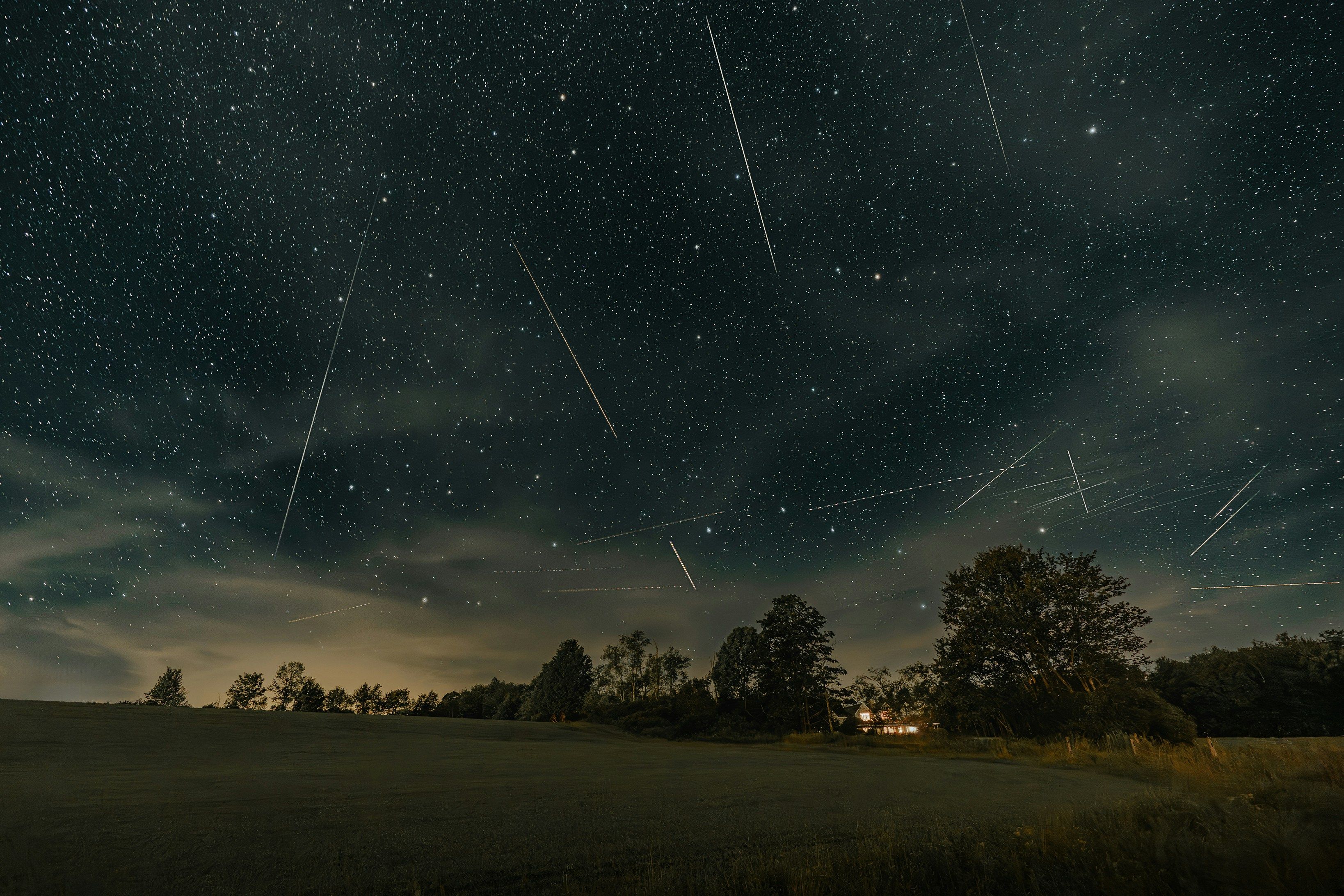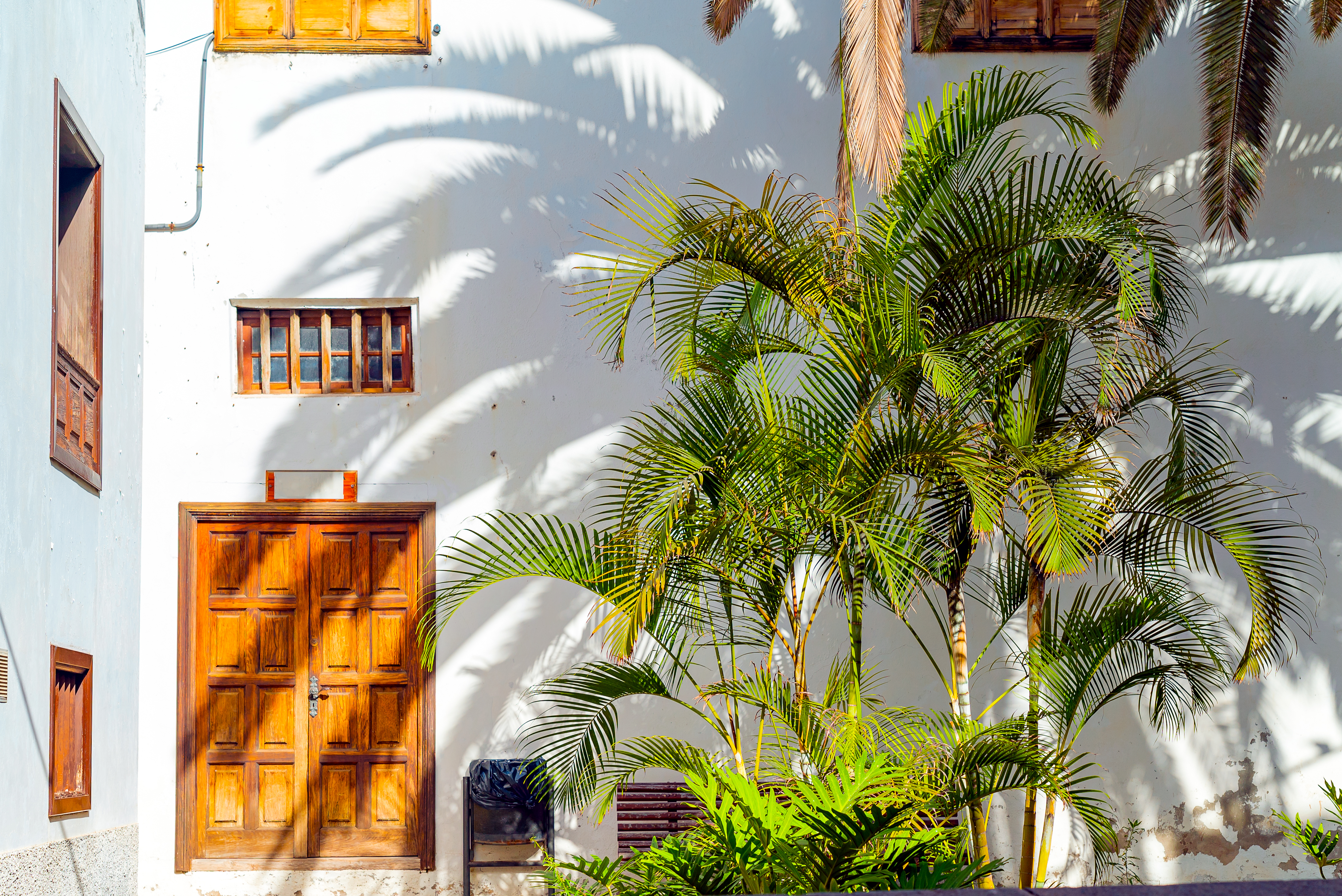As the August sun gives way to the warm, balmy evenings on the Costa Blanca, the sky prepares for its most spectacular performance of the year. Starting tomorrow, the famous Perseid meteor shower 2025 returns, promising streaks of light and cosmic magic. This is nature's greatest fireworks show, and you have a front-row seat.
But where are the best places for stargazing on the Costa Blanca? What is the exact peak time? And how will this year's bright moon affect the view?
This guide has all the local knowledge and essential tips you need to witness the Perseids from our beautiful home in Jávea.
What Are the Perseids? The Story Behind the Shooting Stars
Those fleeting streaks of light are not stars at all. They are tiny pieces of cosmic dust left behind by Comet 109P/Swift-Tuttle, a massive comet that last passed by Earth in 1992. Every August, our planet orbits through this ancient debris field.
When these particles, most no bigger than a grain of sand, hit our atmosphere at incredible speeds, they burn up, creating the brilliant flashes we call meteors. They are named the Perseids because they appear to radiate from the constellation Perseus.
Perseids 2025 Forecast: How to Watch with a Bright Moon
Peak Viewing Time: The shower's peak occurs on the night of Tuesday, August 12th, into the early morning hours of Wednesday, August 13th.
The Challenge This Year: A bright waning gibbous moon will be present for much of the night. Its light will act as natural light pollution, making it harder to see the fainter meteors.
The Solution: The absolute best viewing window will be after the moon sets. For Jávea, moonset on the morning of August 13th is at approximately 2:45 AM.
Your prime time to watch is from 3:00 AM to 5:00 AM.
What You'll Actually See: While a moonless sky can produce 60+ meteors per hour, be realistic this year. In the dark hours after moonset, you can still expect a fantastic show of 15-30 meteors per hour. The Perseids are also famous for "fireballs"—extra-bright meteors that will still be easily visible despite the moon.
Best Places to Watch Perseids Near Jávea
To get the best view, you must escape the light pollution of the Arenal, Port, and Old Town. Here are the top stargazing spots near Jávea:
- The Montgó Plateau (Les Planes): This high, flat area between Jávea and Dénia offers darker skies and a wide-open view. Find a safe spot to park off the main road.
- Cap de la Nau & Granadella Viewpoints: The miradors (viewpoints) offer spectacular, dark skies over the sea. Arrive, turn off your car lights, and let your eyes adjust.
- Inland Towards Benitachell & Jalón Valley: Driving just 15 minutes inland significantly reduces light pollution and coastal humidity, revealing a clearer, darker sky.
- Your Villa's Rooftop or Garden: If you are staying in a quieter area like Balcón al Mar or on the slopes of Montgó, turn off all your house lights for a comfortable and private viewing session.
The Montgó plateau is great for stargazing, but also for hiking! Check out our Complete Guide to Hiking Montgó for a daytime adventure.
Your Checklist for a Perfect Night of Stargazing
Follow these tips to maximize your meteor-watching experience:
- Let Your Eyes Adapt: Put your phone away! It takes 20-30 minutes for your eyes to fully adjust to the darkness. A quick glance at a bright screen will ruin your night vision.
- No Telescope Needed: This is a naked-eye event. You want the widest view of the sky possible.
- Get Comfortable: A reclining chair or a blanket on the ground is essential to avoid neck strain. Lie back and look straight up.
- Pack for Comfort: Bring a light jacket, bug spray, and a flask with a warm drink.
- Use a Red Light: If you need a light, use a red-light torch (or cover a regular one with red cellophane) to preserve your night vision.
Frequently Asked Questions (FAQ)
Q1: What is the best direction to look to see the Perseids?
A1: While the meteors appear to come from the constellation Perseus in the northeast, you don't need to stare directly at it. The best practice is to lie back and look straight up, taking in as much of the sky as possible. Meteors with the longest trails often appear far from the radiant point.
Q2: Can I see the Perseids before the peak night?
A2: Yes! While the peak is on the night of Aug 12-13, the shower is active from late July to late August. You can see meteors on the nights leading up to and following the peak, though at a lower rate.
Q3: Do I need any special equipment to watch the meteor shower?
A3: No special equipment is needed, just your eyes! The most important things are a dark location away from city lights, a comfortable chair or blanket, and a little bit of patience.




